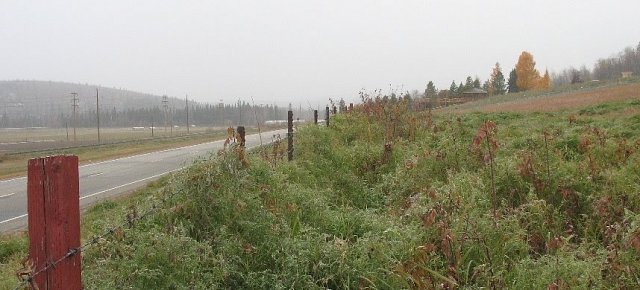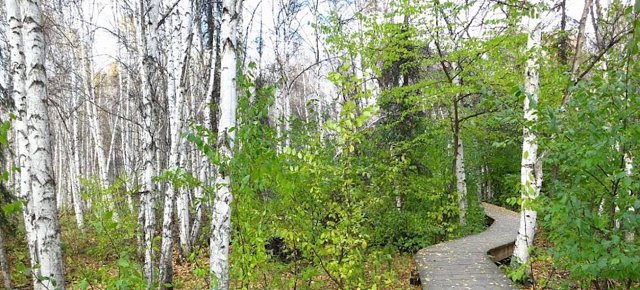Project BrownDown

The first frost hits the University of Alaska Fairbanks campus and bird vetch (Vicia cracca) is the only green plant remaining in this picture (Credit: Katie Spellman).
How are native and invasive plants responding to Alaska's changing climate?
This is the question the Project BrownDown team worked to track! Project BrownDown started after volunteers in a previous program observed that in years with long autumns, the invasive plants seemed to hold onto their leaves far later than native plants.
This raised the question:
- Could invasive plants be taking better advantage of changes in growing season length and variability associated with climate change compared to native plants?
- What might the impacts of this be in arctic and boreal regions where the effects of climate change are strong and where invasive species are spreading at an increasing rate?
To help find the answers to these questions and more, our team of citizen scientists conducted research on plant phenology (timing of life events) on the ground!
This project is completed and no longer accepting volunteers, but the protocols and phenophase guides may be used and align with the US National Phenology network, which will accept data.
Contacts:
Dr. Christa Mulder: cpmulder@alaska.edu
Dr. Katie Spellman: katie.spellman@alaska.edu

European bird cherry (Prunus pads) holds onto green leaves long after the native birch of lost their leaves along the Creamer's Field Wildlife Refuge boreal forest trail (Credit: Katie Spellman).
 B
B

